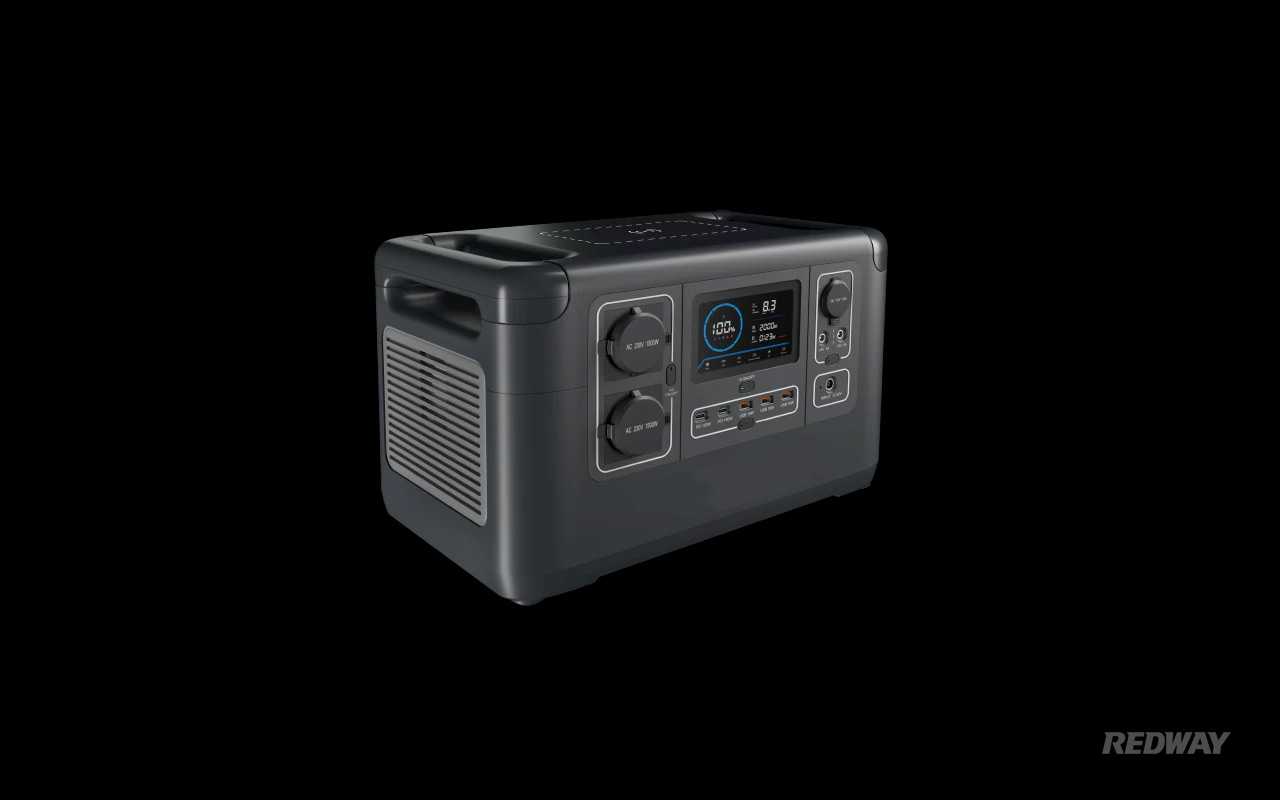When choosing batteries for outdoor activities, consider factors like capacity, weight, temperature tolerance, and discharge rates. Lithium batteries are often preferred for their lightweight and high energy density, while alkaline batteries are suitable for low-drain devices. Ensure compatibility with your equipment.
Batteries are indispensable power sources for various outdoor gadgets such as headlamps, GPS devices, cameras, and more. Choosing the right battery can significantly affect the performance, cost-efficiency, and environmental impact of your equipment. This guide will provide detailed insights into selecting the most suitable batteries for outdoor enthusiasts, covering various types, their pros and cons, and practical tips for maximizing battery performance.
Understanding Battery Sizes
Common Battery Sizes
Selecting the correct battery size is straightforward. Most devices indicate the required battery size, typically on the device itself or in the instruction manual. Here are the common sizes and their applications:
- AAA: Small, typically used in low-power devices like remote controls and small flashlights.
- AA: Slightly larger, used in a wide range of devices from toys to medium-powered flashlights.
- C: Larger batteries used in higher-powered devices such as some lanterns and portable radios.
- D: The largest of the common cylindrical batteries, used in high-drain devices like large flashlights and some portable electronics.
Coin Cell Batteries
Coin cell batteries are identified differently, with a code that specifies their composition and size. For example, a CR2032 battery is a lithium battery (C), round (R), with a diameter of 20mm and a height of 3.2mm. These are often used in small devices like watches and some types of portable medical equipment.
Single-Use vs. Rechargeable Batteries
Single-Use Batteries
Alkaline Batteries
Alkaline batteries are the most common single-use batteries, suitable for low to moderate-drain devices such as LED headlamps, remote controls, and clocks.
Pros:
- Inexpensive upfront cost
- Long shelf life (5-10 years)
- Widely available
Cons:
- Not environmentally friendly due to disposal after use
- Reduced performance in high-drain devices
Lithium Batteries
Lithium batteries offer higher energy density and are excellent for high-drain devices like digital cameras and GPS units.
Pros:
- Longest life among single-use batteries
- Excellent performance in extreme temperatures
- Lighter weight
- Long shelf life (10-15 years)
Cons:
- Higher cost
- Potentially too powerful for some devices, which can cause damage
Rechargeable Batteries
Nickel-Metal Hydride (NiMH) Batteries
NiMH batteries are common in high-drain devices and offer substantial current flow, making them ideal for digital cameras and GPS devices.
Pros:
- Better long-term value
- Recyclable
- Stable performance across its lifespan
Cons:
- High self-discharge rate
- Requires regular charging
Precharged NiMH Batteries
These batteries come ready to use out of the package and have a lower self-discharge rate, suitable for both high and moderate-drain devices.
Pros:
- Ready to use immediately
- Low self-discharge rate
- Good for long-term intermittent use
Cons:
- Higher initial cost
- Still requires periodic charging
Lithium-ion Batteries
Lithium-ion batteries are prevalent in modern consumer electronics due to their high energy density and low self-discharge rate.
Pros:
- Very low self-discharge rate
- High energy capacity
- Recyclable
Cons:
- Higher cost
- Performance declines with age
Choosing the Right Type of Battery
Battery Performance and Environmental Impact

When selecting batteries, consider their performance characteristics, shelf life, and environmental impact. Alkaline batteries are economical but generate more waste, while lithium and NiMH batteries offer better performance and environmental benefits through reduced waste.
Application-Specific Recommendations
- Low-Drain Devices: Alkaline or precharged NiMH batteries are sufficient.
- Moderate-Drain Devices: Precharged NiMH or lithium batteries are recommended.
- High-Drain Devices: Lithium batteries or standard NiMH batteries are optimal.
Tips for Maximizing Battery Performance
Handling and Storage
- Temperature Management: Store batteries in a cool, dry place to maintain their charge. Extreme temperatures can reduce battery efficiency.
- Avoid Metal Contact: Prevent short circuits by storing batteries separately or in their original packaging.
- Regular Charging: Rechargeable batteries should be charged regularly to maintain their capacity and longevity.
Battery Maintenance
- Periodic Charging: Recharge NiMH batteries every 1-2 months and precharged NiMH batteries every 6-9 months if not in use.
- Proper Disposal: Recycle batteries through programs like Call2Recycle to minimize environmental impact.
Conclusion
Selecting the right battery type and size for your outdoor gadgets is crucial for optimal performance and cost-efficiency. By understanding the differences between single-use and rechargeable batteries, and following best practices for battery maintenance, you can ensure your devices remain powered and ready for your adventures.




